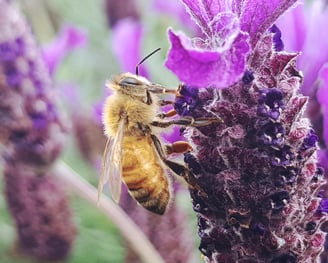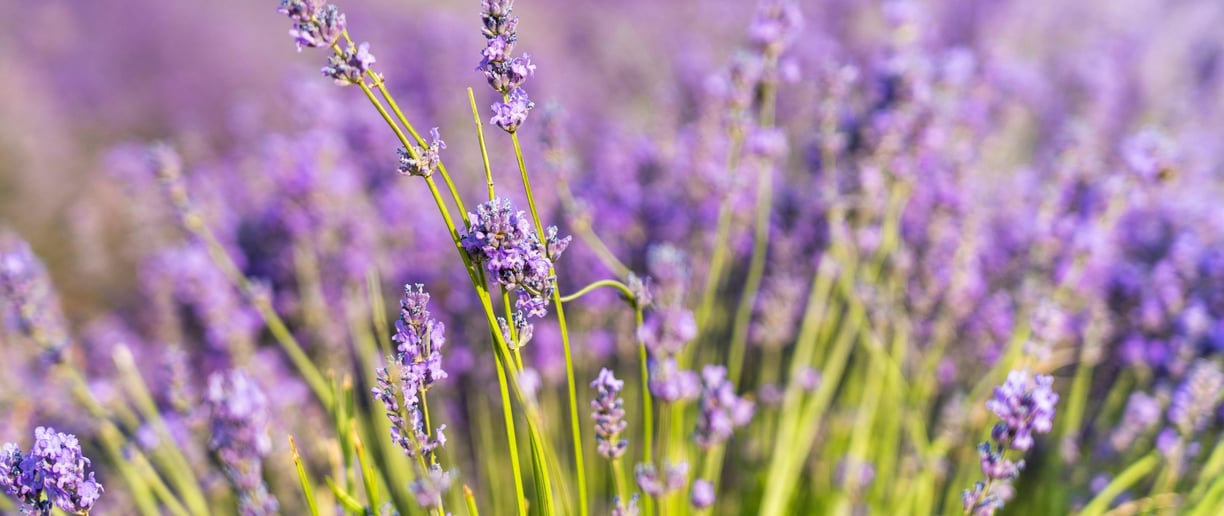

Lavender is an enchanting herb renowned for its exquisite beauty and enchanting fragrance. Originating from the Mediterranean region, this aromatic plant boasts slender stems adorned with clusters of tiny purple flowers that release a heavenly scent. Lavender's delicate petals and soothing aroma have earned it a special place in various cultural traditions and rituals. Revered for its calming and relaxing properties, lavender is often used in aromatherapy to promote tranquility and reduce stress. Its essence is also cherished in perfumes, candles, and bath products, adding a touch of luxury to everyday routines. Furthermore, lavender's versatility extends to culinary delights, where it enhances dishes with its subtle floral notes and adds a touch of elegance to desserts and beverages. Whether enjoyed for its visual splendor, aromatic allure, or culinary charm, lavender captivates the senses and infuses life with beauty and serenity.
Lavender
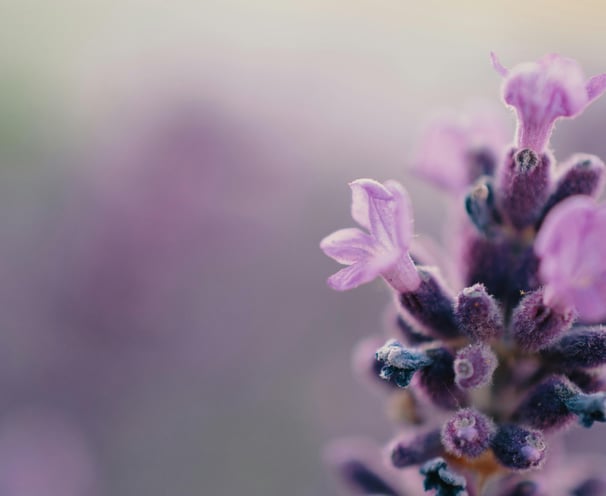

Lavender thrives in well-drained, slightly alkaline soil with a pH level between 6.5 and 7.5, preferring sandy or loamy textures that promote efficient drainage. Amending clay or compacted soil with coarse sand or per-lite aids in improving drainage, while incorporating organic matter like compost or aged manure enhances soil structure and fertility. Optimal growth is encouraged by planting lavender in a location with full sunlight exposure, ensuring at least 6-8 hours of direct sunlight daily. Conducting a soil test before planting allows for adjustments to nutrient levels and pH as needed, establishing the groundwork for healthy lavender plants that will flourish with their signature fragrant blooms and foliage.
Soil Needs
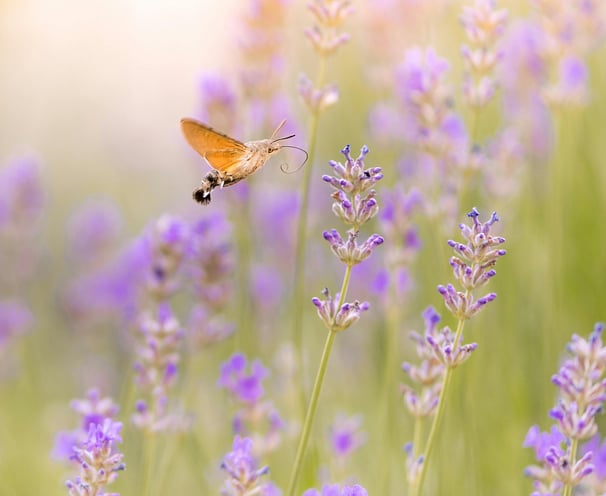

Lavender water needs are relatively low maintenance, requiring moderate watering to establish roots and promote healthy growth during the initial stages. Once established, lavender prefers slightly drier conditions, as over-watering can lead to root rot and other issues. Watering deeply but infrequently, allowing the soil to dry out between watering sessions, helps prevent waterlogged soil and promotes robust root development. Additionally, it's important to avoid overhead watering, as this can lead to fungal diseases. During hot, dry periods, occasional deep watering may be necessary to maintain plant health, but overall, lavender is drought-tolerant once established. Regular monitoring of soil moisture levels and adjusting watering frequency accordingly ensures optimal growth and vibrant blooms from your lavender plants.
Water Needs
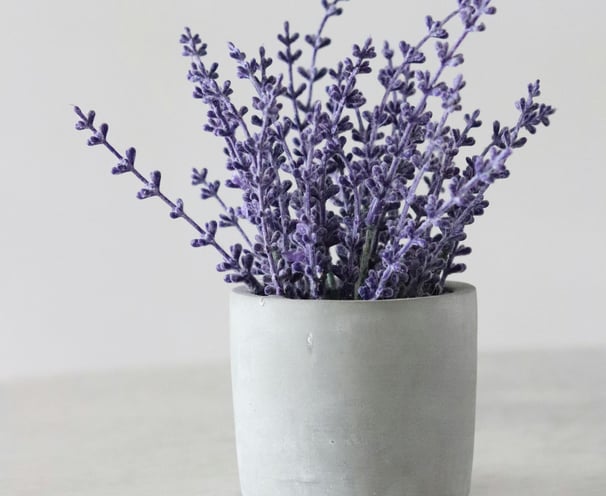

Lavender generally has low fertilizer needs, as it thrives in lean, well-drained soil. Excessive fertilization can lead to lush foliage at the expense of fragrant flowers, so it's best to apply fertilizer sparingly. If your soil lacks nutrients, you can incorporate a balanced, slow-release fertilizer into the soil before planting. Alternatively, a light application of a low-nitrogen, high-phosphorus fertilizer in early spring can support healthy root development and flower production. Avoid fertilizers high in nitrogen, as they can stimulate excessive foliage growth. Organic options like compost or aged manure can also be beneficial, applied as a thin layer around the base of the plant in spring. Overall, it's essential to prioritize well-drained soil and proper watering over heavy fertilization to ensure the best growth and fragrance from your lavender plants.
Fertilizer Needs
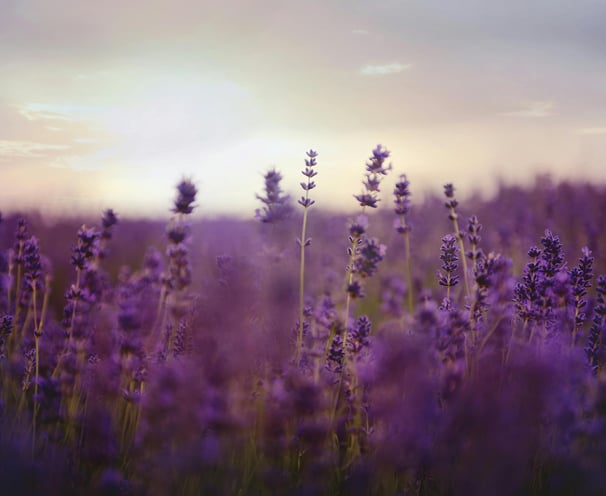

Lavender encompasses a diverse array of varieties, each offering unique characteristics in terms of fragrance, flower color, growth habit, and hardiness. Some popular lavender varieties include:
English Lavender (Lavandula Angustifolia): Compact growth, fragrant flowers.
French Lavender (Lavandula Dentata): Serrated foliage, showy flower spikes.
Spanish Lavender (Lavandula Stoechas): Unique rabbit ear-like bracts.
Lavandin (Lavandula x Intermedia): Hybrid with larger flower spikes.
'Hidcote Pink' (Lavandula Angustifolia 'Hidcote Pink'): Pale pink blooms.
These are just a few examples of the diverse lavender varieties available, each offering its own beauty and charm to gardeners and lavender enthusiasts alike.
Lavender Varieties

